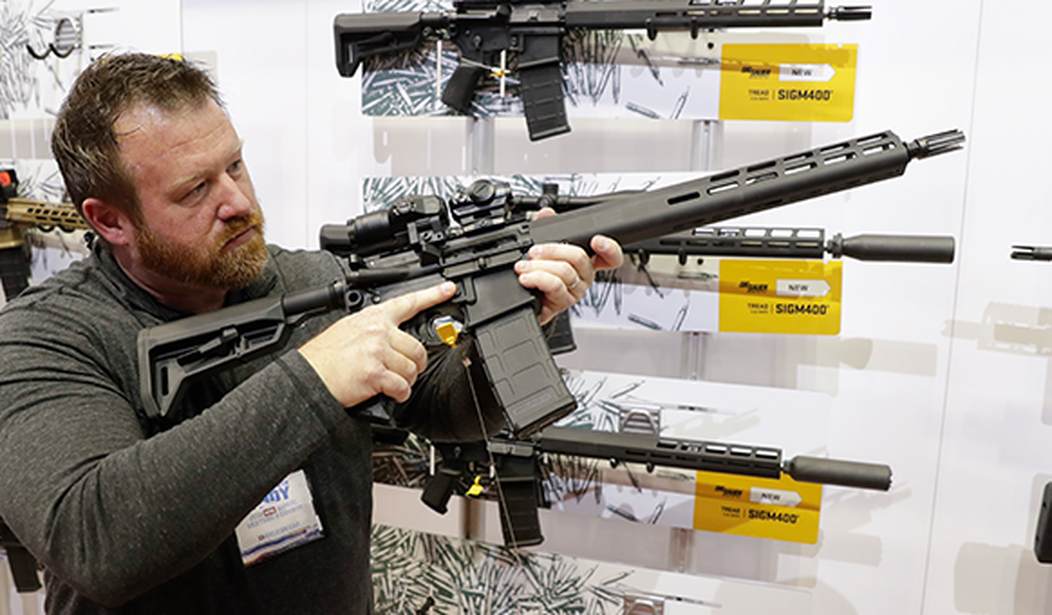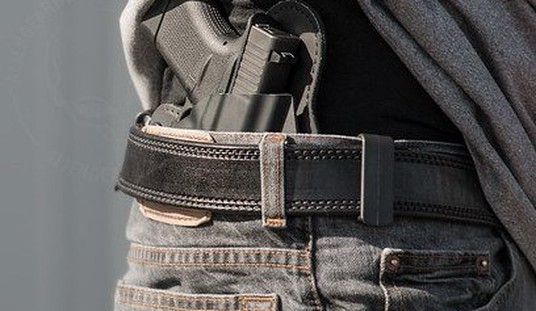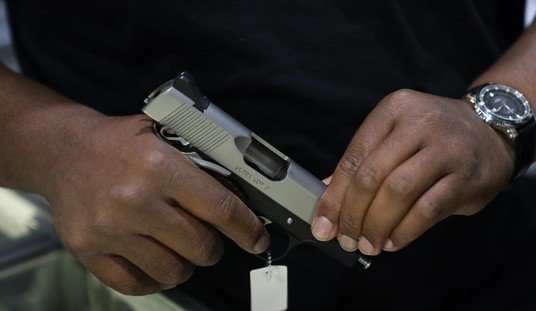I first heard the phrase "in common use" regarding guns following the Heller decision. The idea was that if a gun was in common use by the people, it couldn't be banned or even heavily restricted like Washington, D.C. had done with handguns.
But the thing is that there are a lot of weapons that aren't in common use primarily because it's illegal for us to own them.
Believe me, I'd probably opt for select-fire weapons anytime there was a choice, simply because it gave me a choice. However, that's not something I can really explore because I have a writer's salary and a family with an annoying need to eat sometime this week.
Weak, I know.
Yet my point is that these guns would be in common use if they weren't banned, but because they're banned, they can be banned.
No, it doesn't make sense to me either.
Over at Firearms News, David Codrea delves a bit into this topic from a slightly different, but not necessarily contradictory point of view.
“The Army has officially fielded its brand-new Next Generation Squad Weapon rifles to its first unit, bringing an end to the service's decades-long effort to replace its M4 and M16 family of military firearms,” Military.com reports. “Army Futures Command announced Thursday that soldiers from 1st Battalion, 506th Infantry Regiment, 101st Airborne Division, at Fort Campbell, Kentucky, accepted delivery of the XM7 Next Generation Rifle and XM250 Next Generation Automatic Rifle ahead of training in April.”
Factor in the automatic rifle’s standard 13-inch barrel and suppressor, and the XM7 represent the trifecta of what government has fabricated “legal” pretexts to ban from those paying for it all, “We the People.”
...
If the Bruen standard, of text, history, and tradition is to guide the law, what was in common use at that time was equal or superior (like the more accurate and longer-ranged Pennsylvania/ Kentucky rifles) to the Crown’s standard-issue Brown Bess musket. Citizens mustered with the intent to match and to best a professional military threat. Arms “in common use at the time” by everyone meant arms in common use by infantries, who would otherwise prevail if not matched (and surpassed) in capability.
Rather than deter tyranny, a dictated inferiority would invite it. To argue otherwise is to argue the Founders thought sending an outmatched yeomanry to their slaughter was “necessary to the security of a free State.” That’s insane.
In short, Codrea's argument is that "in common use" artificially restricts our options into just what has previously been acceptable.
He's absolutely right.
Our Founding Fathers weren't remotely interested in preserving the right to have what was popular. They were trying to preserve our right to keep and bear arms so we would be a threat to any attempt at tyranny, either originating here or abroad.
Most of you have no doubt heard the apocryphal claim by Admiral Yamamoto during World War II that invading the mainland United States would be dangerous "because there will be a rifle behind every blade of grass," but the truth is that our Founding Fathers wanted just that threat.
They wanted the threat to foreign invasion being that they would face damn near the totality of the American populace.
As Codrea notes, we had weapon superiority over the British in the American Revolution, with the citizens often possessing rifles while the redcoats carried smoothbores. We should shoot just as fast but from farther away and more accurately.
The American people should be able to maintain at least firepower parity with the military as much as possible.
Yet because of the idea that we should be relegated to what's "in common use" and that nothing else should be legal for most of us, we don't have that. We should, but we don't.
It's beyond time for that to change.








Join the conversation as a VIP Member